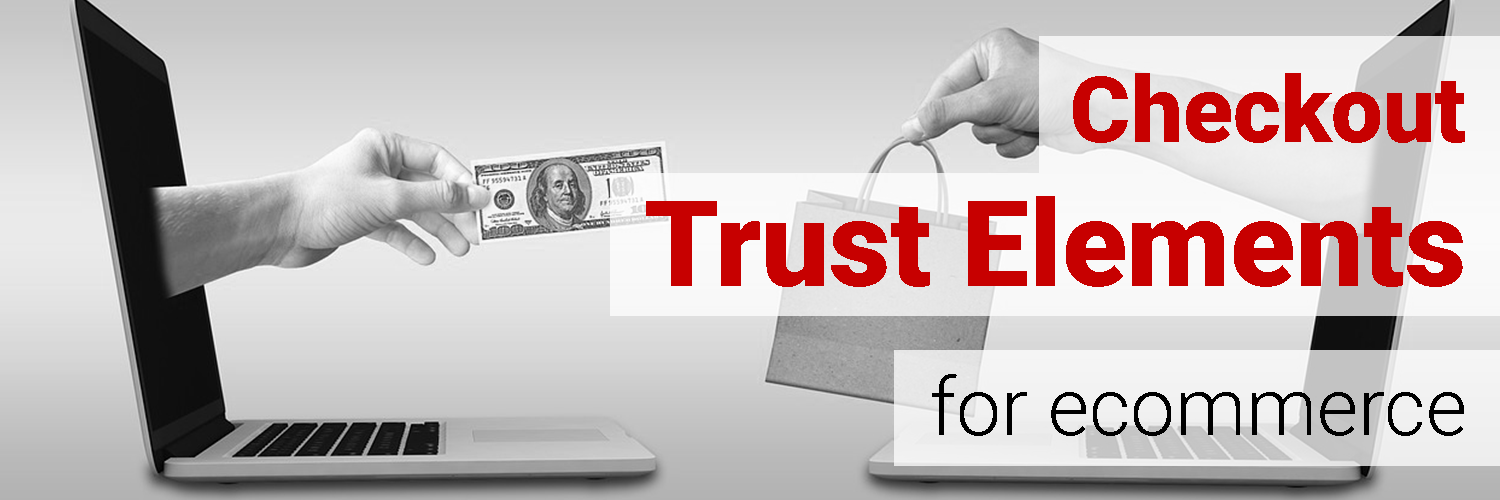Guidelines 235-239

You and I may have a hard time believing it, but many people are afraid to shop online.
A recent study by the Department of Commerce found that half of American Internet users are “deterred” from buying things online because of fears over privacy and security.
Without any prompting, 84% of online households named at least one concern they had about online privacy and security risks, and 40% cited at least two different concerns.
This study was published in 2016, but it seems not much has changed since 2015, when another study by Connexity (n=4,902) found that many people were afraid to purchase online.
And the four most common reasons for people’s distrust:
- “News reports of information being stolen from retailers” (43%),
- “My information was stolen” (17%),
- “I don’t believe that the store will take good care of me if there is a problem” (12%)
- “I tend not to trust companies, employees or technology” (10%)
Let’s keep it practical: what can you do to make people less afraid —less hesitant — to shop on your website?
You can’t do much about security breaches at Paypal or mishandling of data at other companies or the government, but you can make your site more trustworthy.
- Show security badges on checkout page.
- Visually reinforce credit card form fields.
- Provide link to privacy policy throughout checkout process.
- If payments are made secure with SSL, tell your customers.
- Provide contact info and live chat for any questions throughout checkout process.
Guideline #222. Show security badges on checkout page.
Customer’s have become accustom to security badges, trust seals, and third party payment systems like Paypal.
Familiarity isn’t a surrogate for security, but when it comes to providing perceptions of security it helps. See our research on Trust Seals where we look at the questions around familiarity vs perceptions of security.
From our research we find that familiar brands like Visa, Mastercard, PayPal, Norton and Google were also the most trusted seals when paying online.

How to do it RIGHT
Entirely Pets
Has kind of a busily designed checkout page, but they aggressively let the customer know that they’re safe to shop with.

Guideline #223. Visually reinforce credit card form fields.
Credit card information is some of the most sensitive data that consumers regularly share online.
Using “visual clues” during the checkout process online helps customers feel safer when sharing sensitive information.
There are a variety of ways to visually enhance the checkout process. In our original research study we found that increasing visual reinforcement on the credit card fields increased perception of respondents’ feelings of security.

Entirely Pets did a decent job above on the cart page with the security badges, but they fail on the checkout page, not keeping security on the forefront of customer’s minds.

Guideline #224. Provide link to privacy policy throughout checkout process.
It’s clear that people are worried about security breaches and identity theft, but they’re also worried about privacy and what you’re doing with their data.
According to Pew Research (2015) 93% of adults say that being in control of who can get information about them is important, and 90% say that controlling what information is collected about them is important. Another study actually found people are more concerned about online privacy than they are about losing their main income.
In general, people believe keeping control of their information and privacy is important. Yet few trust that their information will remain private…
This isn’t hard to implement, and should probably be sitewide in the form of a link within the footer.
Guideline #225. If payments are made secure with SSL, tell your customers.
Security is a serious concern for many. Besides making payments actually secure by using SSL, tell people about it.
Note that if your audience is not tech savvy, they might not know what SSL and https are, so better to speak in plain terms.
Written statement: °Secure credit card payment. This is a secure 128-byt SSL encrypted payment.”

Guideline #226. Provide contact info and live chat for any questions throughout checkout process.
It’s a small thing, but known to boost conversions – especially important for small, less known stores. It’s a trust thing – making your email and phone number clearly visible shows you’re a real business.
Even better is offering to talk to an expert. This is especially important when selling technical products. See how Cmtchfield.com does it:

A live chat service we’ve used and can strongly recommend is intercom.io. We get compliments on it all the time and it provides a ton of great features and integrations.
I liked that there were live char and’ feedback’ buttons
I loved that I saw a chat option